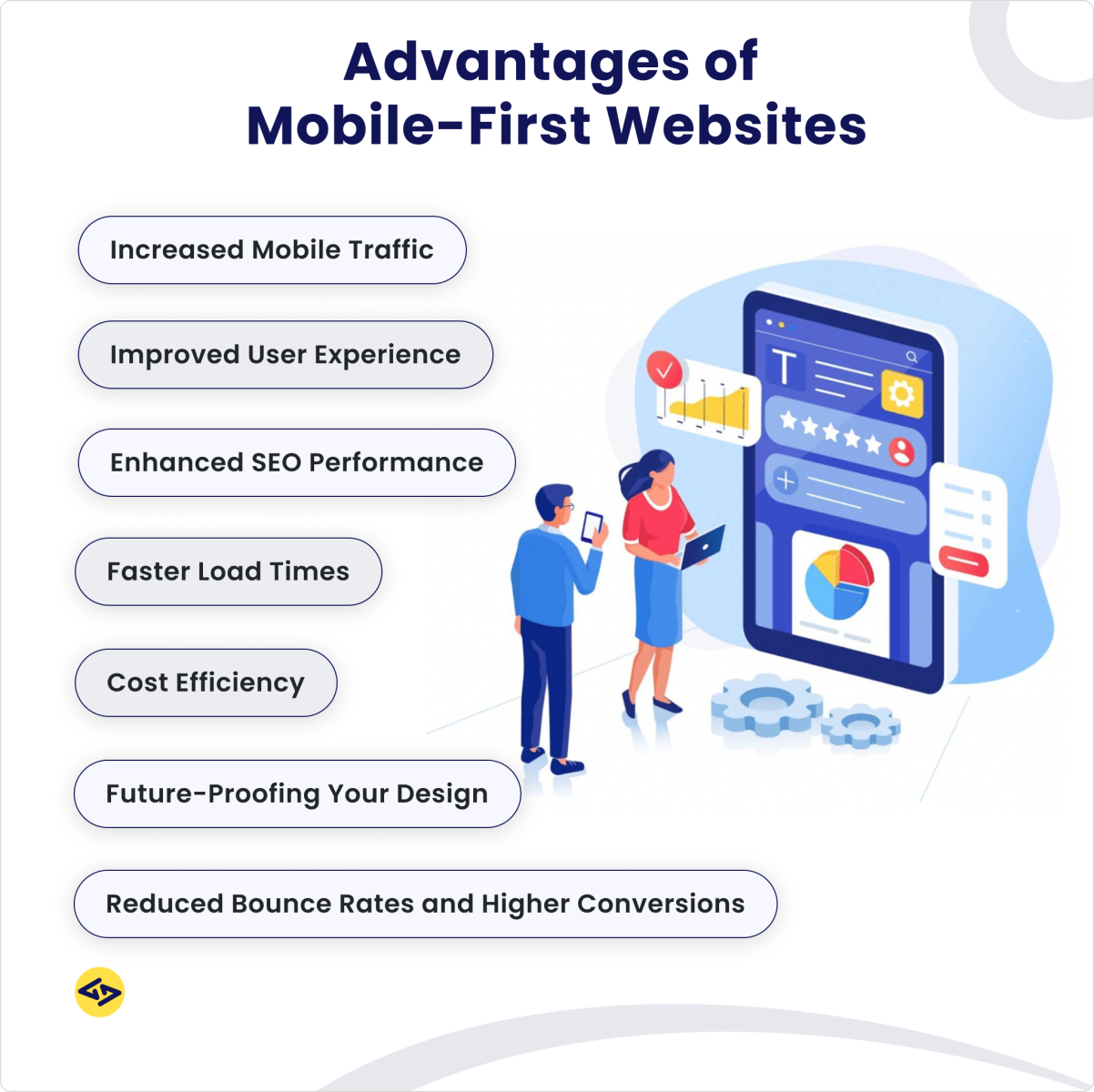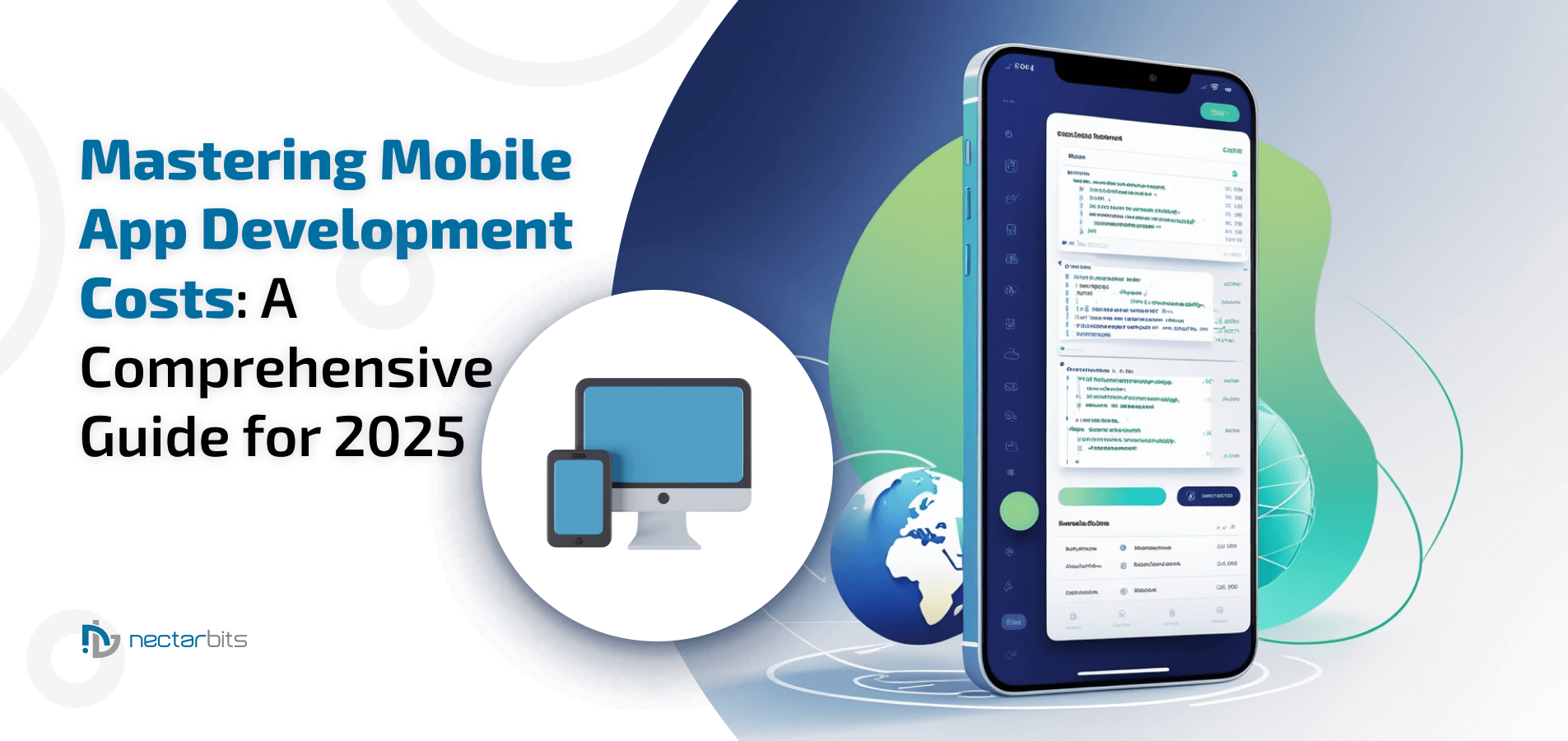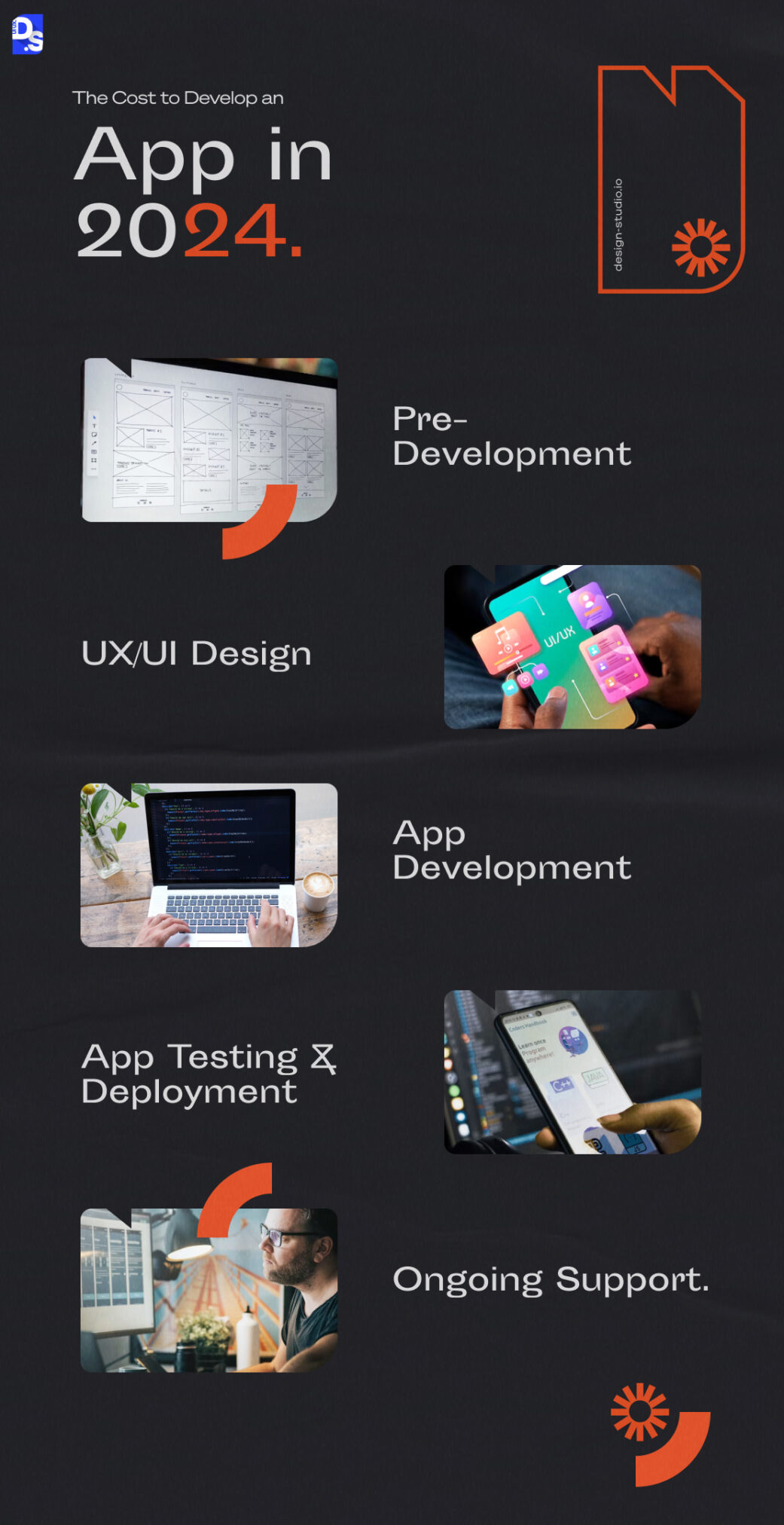Emerging trends affecting future mobile website design costs in 2025 and beyond include increasing complexity due to advanced features like interactive 3D models, virtual reality (VR), AI-driven personalization, micro-interactions, and sustainable design practices. These trends require more specialized skills, longer development times, and advanced technologies, all of which drive up costs.
Key factors influencing mobile website design costs related to emerging trends are:
-
Advanced Interactivity and Animations: Incorporating micro-interactions, scrolling animations, motion design, and interactive 3D content increases design complexity and development time, raising costs.
-
AI Personalization and Voice Interfaces: Personalization powered by artificial intelligence and voice-activated interfaces require integration of sophisticated backend systems and UX design, adding to expenses.
-
Dark Mode and Accessibility: Supporting dark mode and ensuring accessibility compliance are now standard but add design and testing efforts, moderately increasing costs.
-
Sustainable and Ethical Design: Sustainable web design practices, which optimize performance and reduce energy consumption, may require additional design considerations and testing, influencing costs.
-
Mobile-First and Responsive Design: Ensuring seamless performance across all devices, especially mobile, remains essential and adds to design and development workload.
-
Use of Emerging Technologies: Integrating VR, gamified design, and smart video features demands specialized expertise and resources, significantly impacting budgets.
-
Customization and Complexity: Higher levels of customization with unique layouts, animations, and interactive elements increase time and resource requirements, thus increasing costs.
-
UX/UI Focus: Enhanced UX and UI design to accommodate new trends and improve user engagement require skilled designers, raising costs accordingly.
Cost implications also depend on the choice of design team (in-house, freelance, or agency), with in-house teams being more expensive but offering long-term value, while freelancers offer lower upfront costs but may have limitations for complex projects.
In summary, future mobile website design costs are rising due to the integration of advanced interactive features, AI personalization, sustainable practices, and the need for highly responsive, accessible designs, all requiring specialized skills and longer development cycles.





